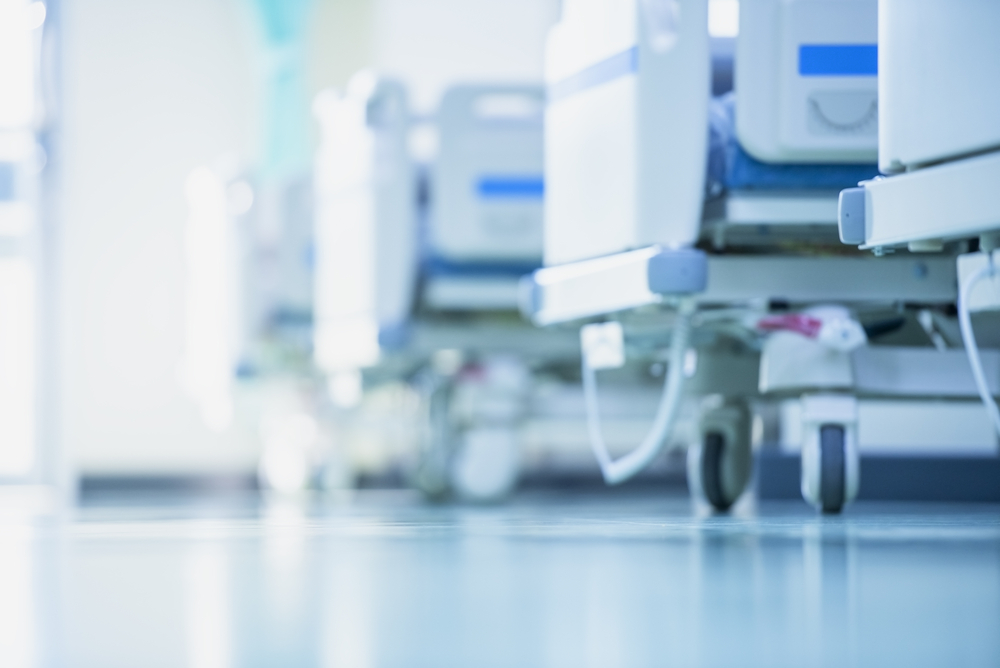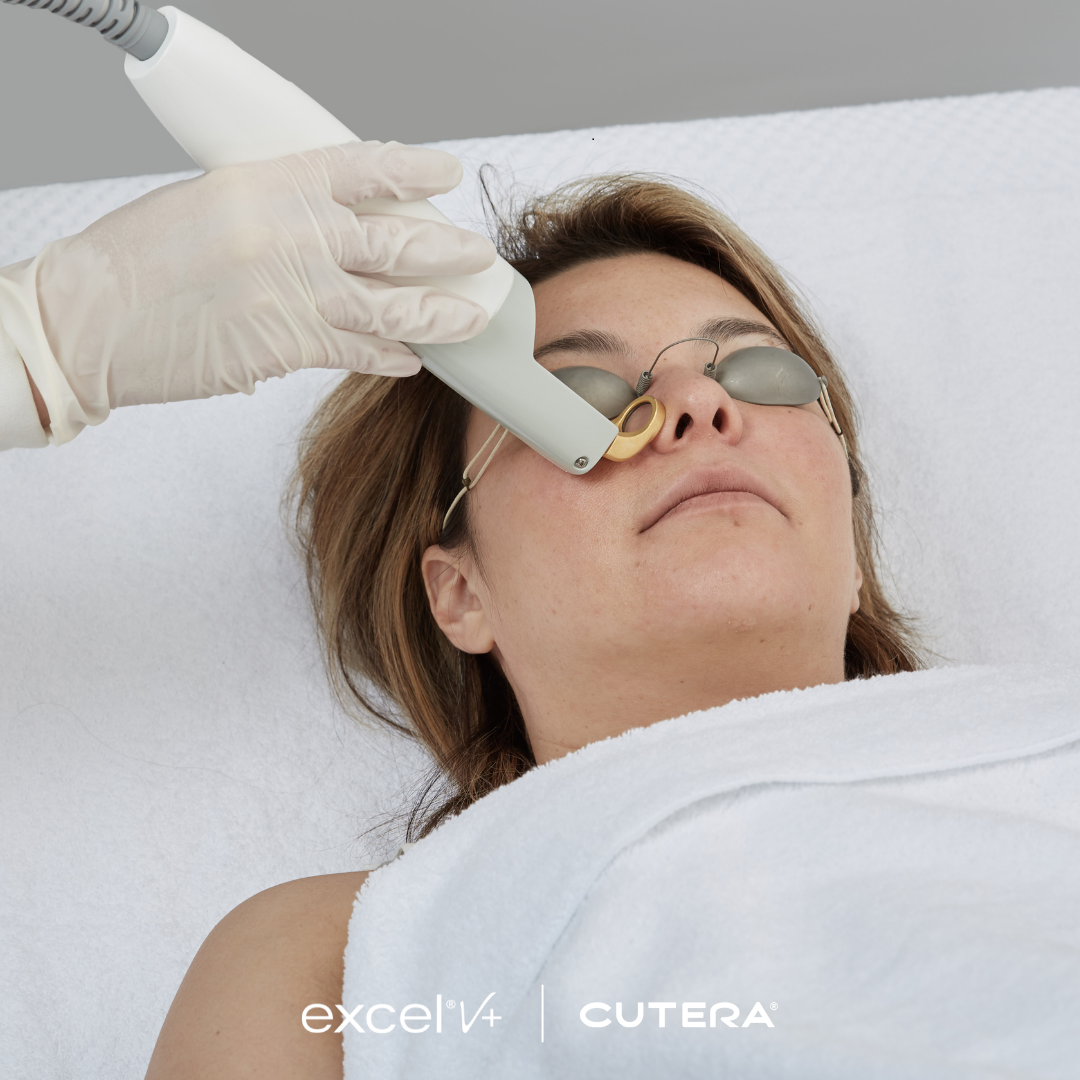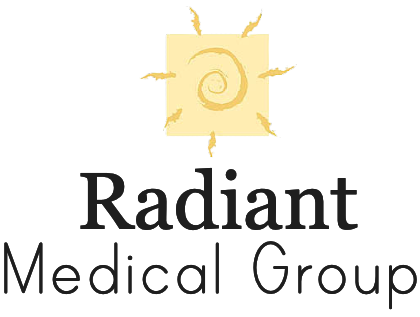In this guide from Radiant Primary Care, we show you how to quickly identify a stroke.
What Is A Stroke?
A stroke is a medical emergency in which the blood supply to the brain is disrupted, which is also known as a transient ischemic attack or cerebrovascular accident. When oxygen and nutrients are not able to reach the brain, brain cells start to die within minutes. Additionally, a stroke can be caused by bleeding in the brain, which damages the brain cells.
A stroke can have very serious effects, such as brain damage, disability, or even death. Warning signs that someone may be having a stroke include sudden weakness, numbness, or paralysis on one side of the face or body, a sudden and severe headache, vision problems, and difficulty talking or understanding speech.
Timely medical attention is absolutely essential if someone experiences a stroke, since every second counts. A stroke can have drastic effects on a person’s mobility, speech, eating, cognition, memory, control of bodily functions (such as bladder and bowel), and emotional regulation, as brain cells die and the brain is no longer able to perform these functions. It is important to be aware that a stroke can happen to anyone, regardless of age or lifestyle.
Factors That Increase Risk Of Stroke
Strokes are unfortunately quite common, and are the second leading cause of death worldwide, and the fifth in the United States. They also have a major impact worldwide in terms of disabilities. Although anyone can suffer a stroke, the risk increases with age, and two-thirds of all strokes occur in people over 65. People who have high blood pressure, high cholesterol, and Type 2 diabetes, as well as a history of stroke, heart attack, or atrial fibrillation, are particularly prone to strokes.
What Are Symptoms Of A Stroke?
If you, or someone you know, are showing signs of a stroke, it is important to take note of when the symptoms first appeared. The best chance of successful treatment is when it is received as soon as possible after the stroke begins. Signs of a stroke include difficulty speaking or understanding others, numbness or paralysis in the face, arm, or leg, vision problems in one or both eyes, a sudden, severe headache accompanied by vomiting, dizziness, or disorientation, and difficulty walking, such as stumbling or lack of balance.
Think FAST To Identify A Stroke
- Facial Weakness. If someone is having a stroke, you may notice that their smile appears crooked. Additionally, if one or both sides of their face seem to droop, this could be an indication of muscle weakness or paralysis.
- Arm Weakness. If they try to raise both arms, one arm may one downward.
- Speech Issues. This can include slurred speech, difficulty forming words, or the inability to repeat a phrase or simple sentence.
- Time To Call 911 immediately if you see any of these signs. The sooner someone receives treatment for a stroke, the better their chances.
Call 911 Immediately If You Or Someone You Know Has A Stroke
It is essential to seek immediate medical help if you think you are having a stroke. Doing so right away can help minimize the lasting effects of a stroke and possibly save your life. Good news is, due to recent advances in medicine, the treatments and survival rate of stroke victims have significantly improved in the past 10 years.
Treatment For A Stroke
If you or someone close to you has had a stroke, your doctor will create a personalized treatment plan for you. This plan will consider your age, overall health, past medical history, the kind and degree of your stroke, the area of the brain affected, what caused the stroke, how successful different medications, treatments, and therapies are, and your own personal preferences. While a stroke cannot be reversed, there are many modern medical and surgical treatments that can reduce the risk of having another stroke.











